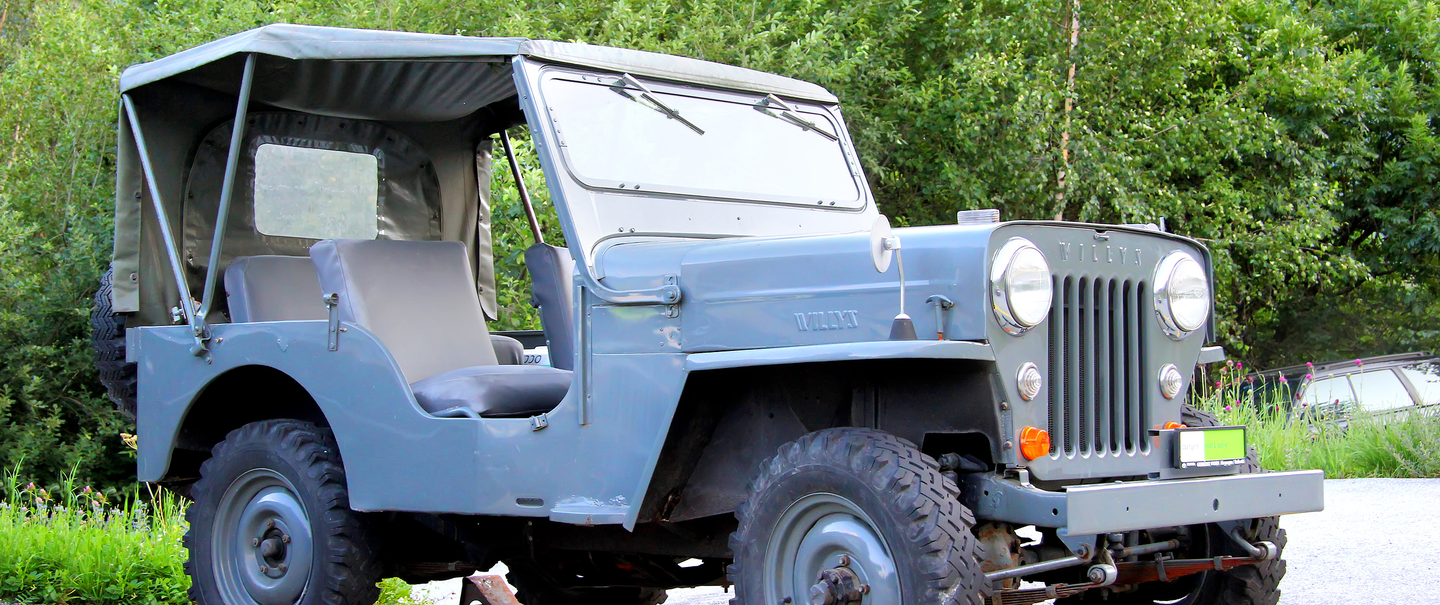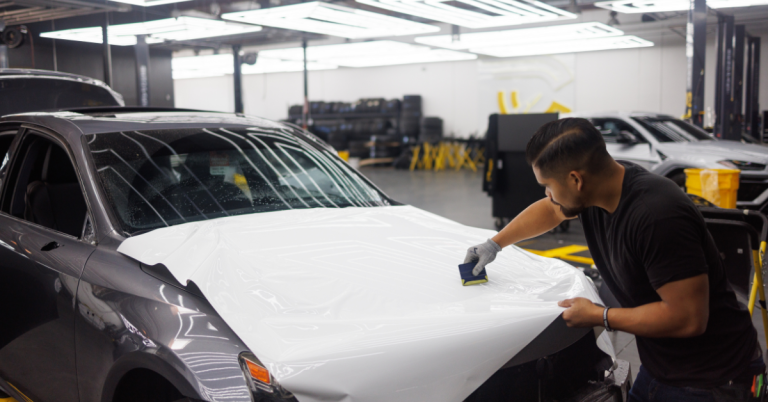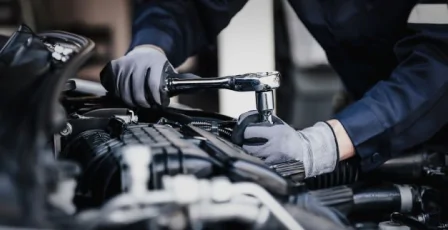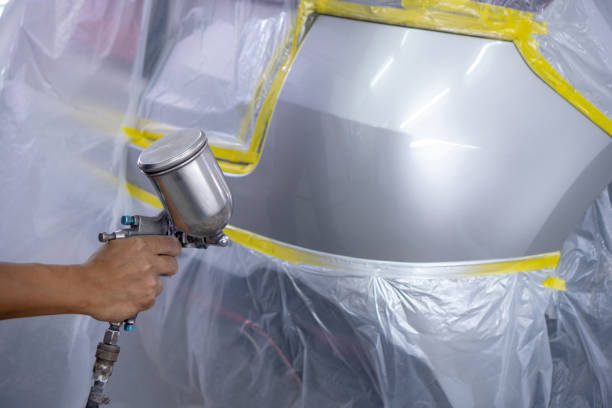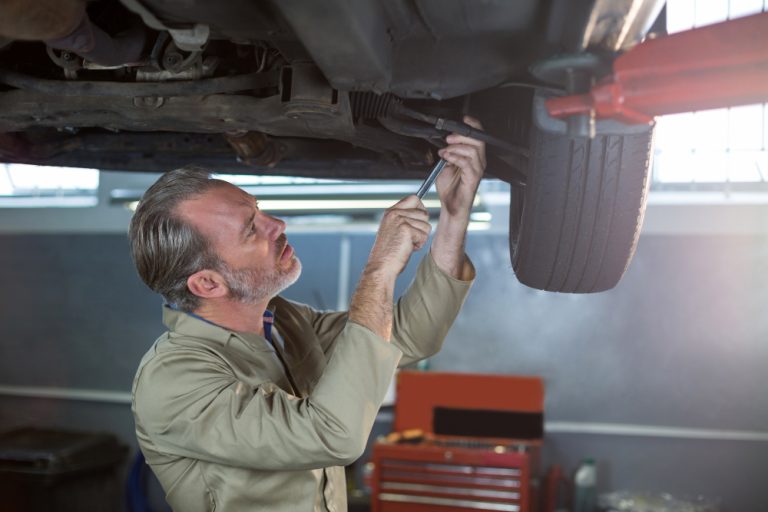The Ultimate Guide to Restoring Vintage Jeeps: Tips and Tricks
Restoring vintage Jeeps is more than just a hobby; it’s a passion that combines history, craftsmanship, and a love for classic vehicles. Whether you’re a seasoned restorer or a newbie embarking on your first project, understanding the essentials of vintage Jeep restoration can make a world of difference. In this comprehensive guide, we’ll delve into everything you need to know to bring those classic vintage Jeeps back to their former glory.
Why Restore Vintage Jeeps?
The Allure of Vintage Jeeps
Vintage Jeeps captivate enthusiasts with their rugged charm and historical significance. These vehicles often represent a bygone era of automotive design and engineering, offering a nostalgic connection to the past. Restoring a vintage Jeep not only preserves this piece of history but also allows you to experience the joy of driving a classic machine.
Benefits of Restoration
• Preservation of History: Restoring vintage Jeeps helps keep automotive history alive for future generations.
• Increased Value: A well-restored vintage Jeep can significantly increase in value over time.
• Personal Satisfaction: There’s immense pride in reviving a classic vehicle and making it roadworthy again.
Step-by-Step Guide to Restoring Vintage Jeeps
- Research and Planning
Before diving into a restoration project, thorough research is essential. Understand the specific model of your vintage Jeep, its original specifications, and common issues. Here’s what you should consider:
• Model Identification: Determine the exact model and year of your vintage Jeep.
• Parts Availability: Research the availability of replacement parts and accessories.
• Budget Planning: Set a realistic budget that covers all aspects of the restoration process.
- Disassembly and Inspection
Disassembling your vintage Jeep is a crucial step in identifying issues and planning repairs.
• Document the Process: Take detailed notes and photos during disassembly to aid in reassembly.
• Inspect Major Components: Check the engine, transmission, suspension, and frame for damage or wear.
• Assess Rust and Corrosion: Look for rust, especially in critical areas like the frame and body panels.
- Restoring the Body
The body of your vintage Jeep is often the most visible aspect of the restoration. Here’s how to tackle it:
• Rust Removal: Use sandblasting or wire brushing to remove rust, followed by proper rust treatment and primer application.
• Panel Repair: Repair or replace damaged panels and ensure proper alignment.
• Painting: Choose a paint that matches the original color or go for a custom finish that enhances the Jeep’s look.
- Engine and Mechanical Work
The engine and mechanical systems of vintage Jeeps require special attention to ensure reliability.
• Engine Overhaul: Rebuild or replace engine components as needed, and ensure proper tuning.
• Transmission and Drivetrain: Inspect and repair the transmission, transfer case, and differentials.
• Suspension and Steering: Replace worn-out parts and upgrade if necessary to improve performance.
- Interior Restoration
The interior of your vintage Jeep should be both functional and aesthetically pleasing.
• Seat Repair or Replacement: Reupholster or replace seats to restore comfort and appearance.
• Dashboard and Controls: Repair or replace dashboard components and ensure all controls are functional.
• Soundproofing and Insulation: Add insulation to reduce noise and improve ride quality.
- Final Assembly and Testing
Once all components are restored or replaced, it’s time to reassemble and test your vintage Jeep.
• Reassembly: Follow your documentation to reassemble the Jeep, ensuring all parts fit correctly.
• Testing: Perform thorough testing of all systems, including engine performance, brakes, and electrical systems.
• Adjustments: Make necessary adjustments and fine-tune the vehicle for optimal performance.
Tips for a Successful Restoration
• Join Enthusiast Groups: Connect with other vintage Jeep enthusiasts for advice and support.
• Use Quality Parts: Invest in high-quality parts to ensure durability and performance.
• Stay Organized: Keep your workspace organized to streamline the restoration process.
Conclusion
Restoring vintage Jeeps is a rewarding journey that requires patience, skill, and a genuine appreciation for classic vehicles. By following this comprehensive guide, you can navigate the restoration process with confidence, turning a classic Jeep into a timeless masterpiece. Whether you’re looking to preserve a piece of automotive history or simply enjoy the thrill of driving a restored classic, the satisfaction of seeing your vintage Jeep back on the road is unparalleled. Start your restoration project today, and embark on a journey that celebrates the legacy of vintage Jeeps.
